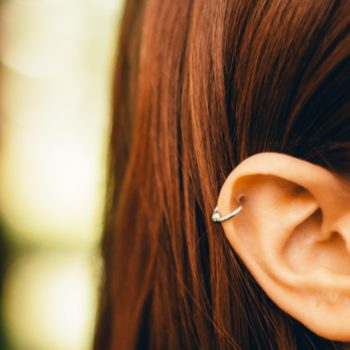One Italian in ten has at least one tattoo on his body. Whether they are made for artistic, decorative, aesthetic or purely symbolic-commemorative purposes, tattoos can be harmful to the skin. This practice, which has been more and more frequent among young Westerners for several years now, can in fact trigger adverse allergic reactions and in addition to increasing the risk of systemic infections, even serious ones, if the tattoo is not carried out in a workmanlike manner and with all the health precautions that are necessary. Among these is the preventive allergological test that should be done before deciding to inject ink into our skin. We talked about it with Prof. Antonio Costanzo, head of dermatology at Humanitas.
Tattoos: infections and viruses due to non-sterile material
After a bad tattoo it is possible to get some bacterial infections: in particular those from streptococci or staphylococci, which occur a few days after the tattoo with redness, swelling, heat and pain in the tattoo area, and systemic infections in the most serious cases, such as hepatitis B, hepatitis C or HIV due to the use of non-sterile material and the absence of the most basic hygiene rules by the tattoo artist.
Which colors of the tattoo can bring allergic reactions?
The hygiene and the seriousness of the professional to whom you turn for a tattoo is not the only thing to keep in mind. As the specialist explained, it is important to pay attention to possible allergic reactions, mainly to the dyes. In particular, the red color can give manifestations with redness and itching localized in the area of the tattoo colored with red. Green is safer, while as many allergic reactions could appear with the yellow color if it is mixed with cadmium sulfide. This type of allergic reaction is generally due to the use of several organic and inorganic substances in order to achieve the desired shade of color, which in the case of the red color may contain mercury sulphide already known at the time of the Greeks and Romans and considered toxic for man and the environment.
“It is very important to carry out preventive allergic tests before undergoing a tattoo – said Costanzo -. It is also good to first find out about the ink that will be used for the drawing, checking through the label the possible presence of prohibited substances. Maximum attention is paid to the colors red, yellow and orange, the most potentially toxic. These substances can have a potentially carcinogenic effect”.
Tattoos and tumors, a relationship to be discovered
“To date there is no scientifically proven relationship between tattoos and the onset of cancer – said the specialist – but it is true that some studies seem to suggest it, questioning this assumption that is certainly not a certainty. Among these studies stands out a work produced by the research institute of Grenoble, published in Scientific Reports, which has hypothesized how some toxic nanoparticles present in the ink, such as titanium dioxide, could travel in the body and accumulate in the lymph nodes. Sentinel lymph node tests on tattooed patients show that their lymph nodes may appear darker.
“Finally, we should not underestimate the covering effect that tattoos have on the skin – concluded the dermatologist -: in the diagnosis of melanoma this can be a significant problem”.
Those who decide to remove the tattoo must finally pay the maximum attention to the center to which they should turn: the fragments of color, disintegrated, are reabsorbed by the immune system. This means releasing potentially toxic substances into the body.








